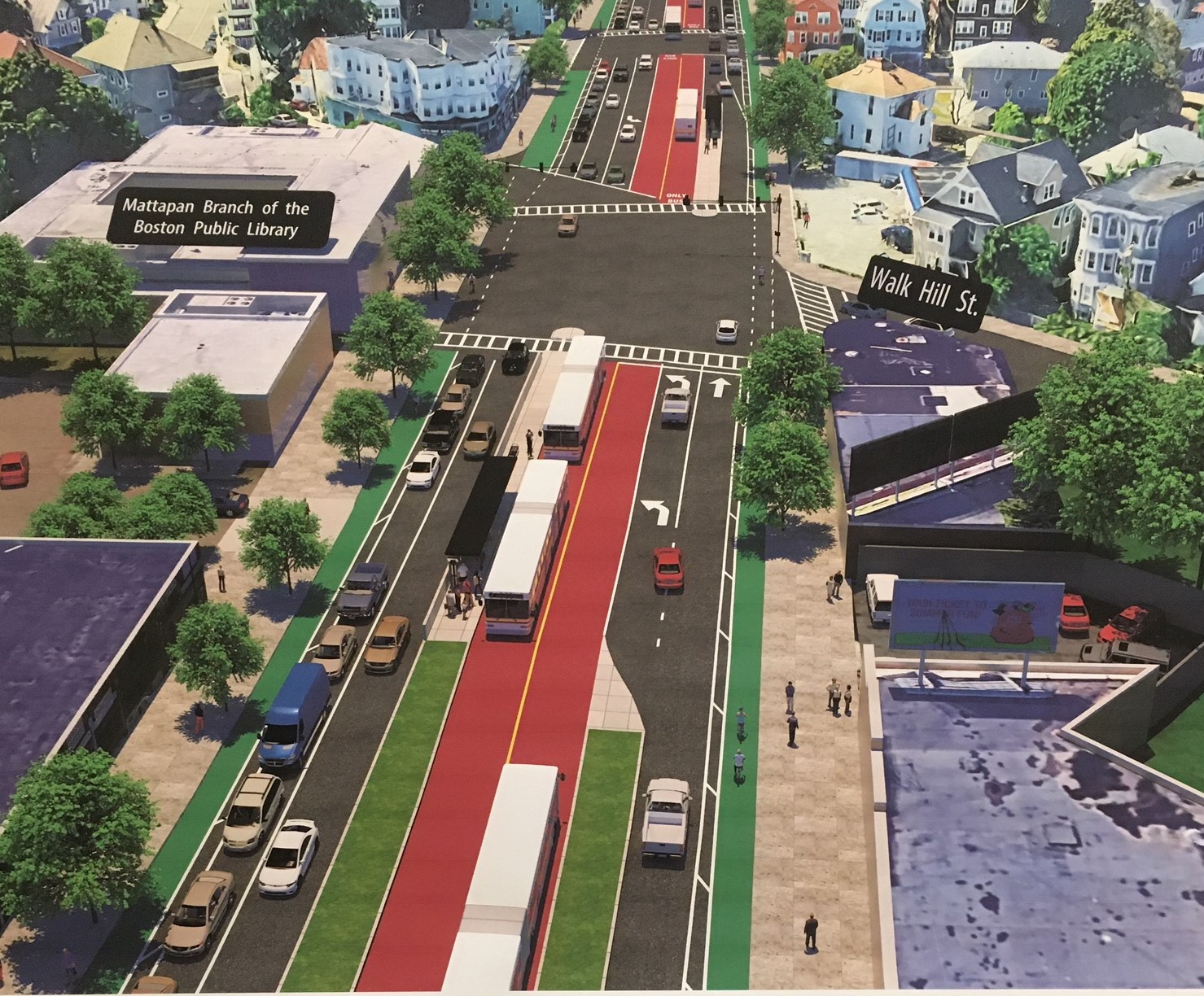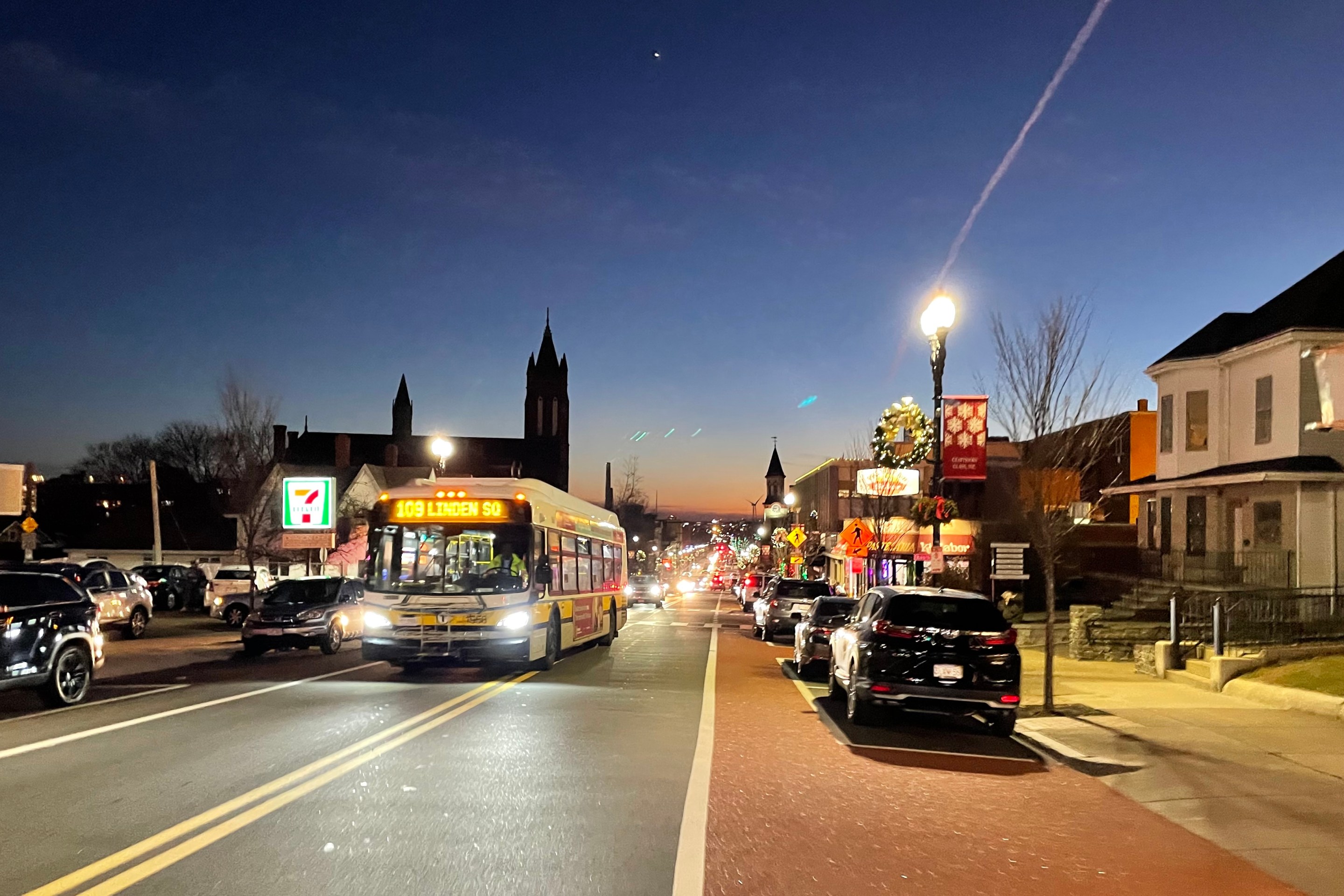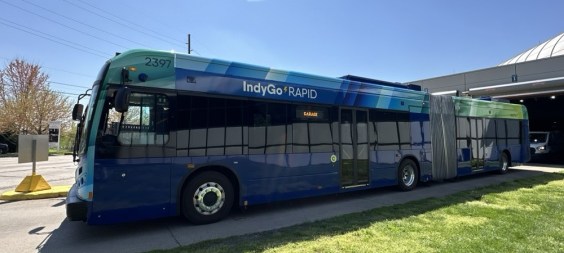Today the City of Boston formally committed to building a center-running dedicated busway on the Blue Hill Avenue corridor, which is New England’s busiest bus route.
The three-mile project runs from Dudley Street in Roxbury, through Roxbury, Dorchester, and Mattapan, ending in Mattapan Square. The majority of Black and Brown Bostonians live in these neighborhoods connected by Blue Hill Avenue.
A critical lifeline for thousands of commuters, Blue Hill Ave. sees 27,000 passengers travel along the corridor by MBTA bus every weekday. 52 percent of travelers along the corridor during any given rush hour are bus riders.
Bus lanes aim to address transportation inequities
The history of the Blue Hill Avenue Corridor spans decades of policy push and pull. As Boston was growing in population, being built out, and communities were rippling outward, the Blue Hill Ave corridor was one of the first areas to have electrified rail that increased transportation access to the city center.
However, due to the shifting of population demographics and the intersection of discriminatory housing, lending, and car-centric transportation policy, the electrified rail was removed and replaced with wide roadways for suburban drivers passing through the area.
What remains is a chaotic multi-lane street that cars and buses struggle through and pedestrians struggle across daily.
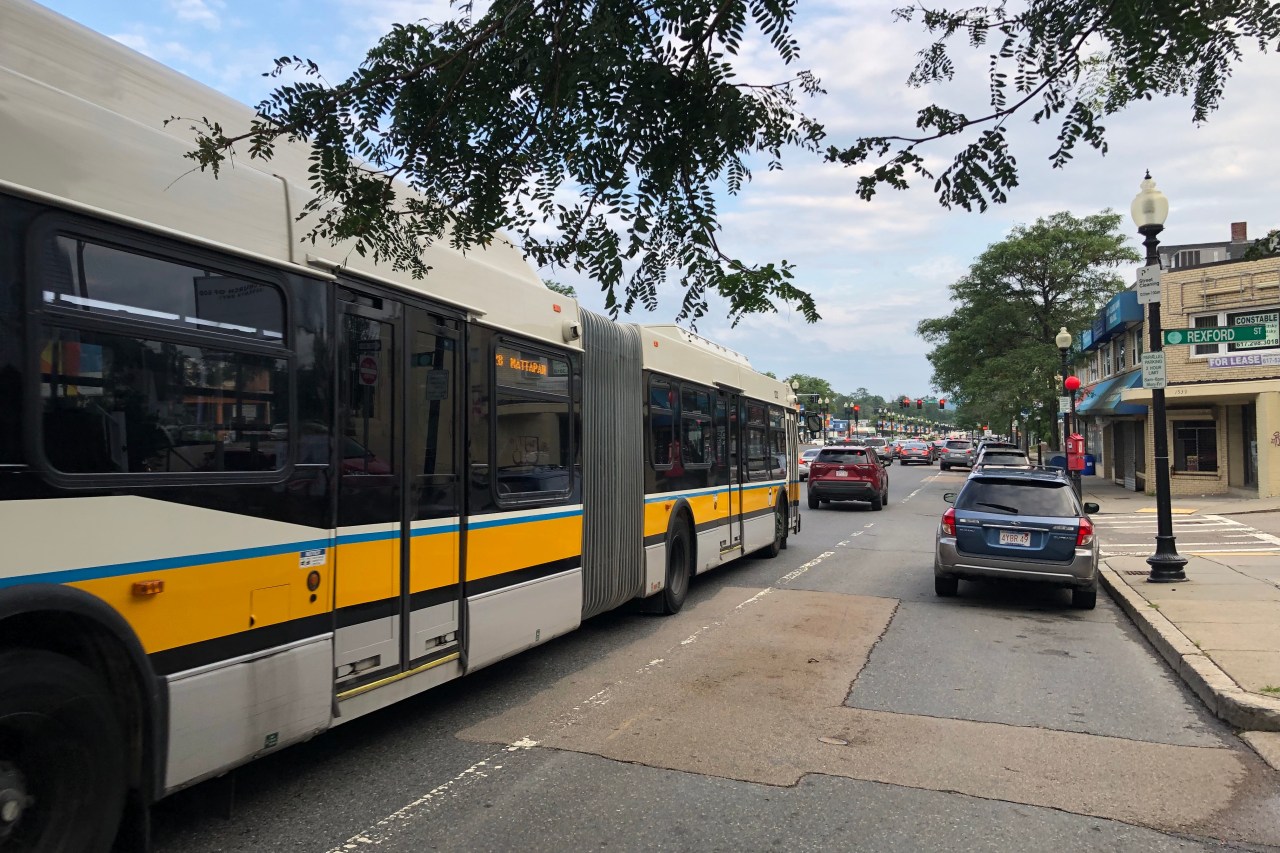
For bus riders, 3,056 hours a weekday are collectively lost due to traffic and delays out of the riders’ control, and every year, Black bus riders spend 64 more hours on MBTA buses compared to their white counterparts.
To not only support commuters in the area, but businesses as well, the project also aims to improve the space into one that, as Boston Chief of Streets Jascha Franklin-Hodge put it, “people want to stay in, not just drive through.”
In regards to safety, Franklin-Hodge presented statistics that Boston Emergency Medical Services (EMS) has to respond to a severe vehicular crash on average every 3 days along Blue Hill Avenue. The street is in the city's High Crash Network, and ranks among the top 3 percent in the number of vehicular crashes per half mile in the city.
To punctuate this research, Franklin-Hodge noted that crossing Blue Hill Ave. at the Morningstar Baptist Church is deeply unsafe, with a 120-foot crosswalk that has no dedicated traffic signals or warning lights.
Community activist Vivian Ortiz, Boston’s Bike Mayor, corroborated this with her experience working with schools in the area, characterizing her walk audits and dismissal and arrival observations as “really, really difficult”.
Being situated close to bike-friendly spaces like the Neponset Trail, Ortiz, who organizes Monday night bike rides and supports community members in getting acclimated to increased bike riding in the area, found the introduction of Blue Bikes to be a window of access for the community. However, this has been stymied by safety reservations about riding on Blue Hill Ave.
Ortiz believes that the new design of Blue Hill Avenue will be beneficial for cyclists, experienced and aspiring alike, by expanding opportunities for people to engage in bicycling safely, for recreation, transportation, or otherwise.
Project would begin construction in 2026
The city has been developing plans for a center-running busway for Blue Hill Avenue since 2019, although previous iterations of the concept date back to the Obama administration.
The center bus lanes will improve travel times, provide dedicated and dignified space for waiting riders with seating, shelter, public art, notification boards, and increased accessibility for riders of all abilities to board and deboard safely, removing the obstacle of any illegally parked cars in the way.
This development will also allow for tangential benefits such as adding trees and other green infrastructure, and shortening crossing distances at crosswalks.
Other proposed changes include retiming traffic signals, widening sidewalks, and enhancing bike infrastructure.
When the COVID-19 pandemic hit, the project was put on hold until the Boston Transportation Department (BTD) obtained funding from a federal Rebuilding American Infrastructure with Sustainability and Equity (RAISE) grant in late 2021.
Today's announcement, coming at the close of both Black History Month as well as Transit Equity Month, is a critical step in this project that aims to address issues of transportation equity and justice, economic vitalization, and safety, officials say.
Sitting at the intersection of transportation, racial, economic, environmental justice, the overarching goal of this project is to provide a historically and deeply disinvented area and population of Boston with increased access to better transportation.
Equitable, multimodal transportation will not only connect people, particularly those who have been historically disenfranchised, with the tools needed to advance social mobility and develop generational wealth, but also support them in their multimodal path to general wellness, accessing aspects of their lives and communities in any way that they choose.
The timeline of this project will span several years, starting with a detailed "block-by-block” outreach and redesign process of the corridor that will take place through the fall of next year.
Simultaneously, this spring and summer, the city will make short-term minor safety updates and “state-of-good-repair” work, including implementing speed humps, fixing potholes, raised crosswalks, and street lighting improvements.
By winter 2025, the city will finalize the detailed design, and major construction would begin in the summer of 2026.
When asked about a project completion date, Franklin-Hodge explained that there are too many design details yet to be finalized to make an accurate construction timeline at this time, but once the project design and development is further along, the city will share a more precise timeline.
He did note that it will take several years to complete, with intentionality to minimize impact and disruption in the neighborhoods.
The project has $44 million in financing ($15 million from the federal government, $18 million from the City of Boston, and the remaining $11 million from the MBTA).
At a press briefing for the project on Tuesday afternoon, officials including Boston Mayor Michelle Wu, Congresswoman Ayanna Pressley (MA-07), State Representative Russell Holmes (6th Suffolk), City Councilor Enrique Pepén (District 5), City Council President Ruthzee Louijeune (At-Large), and Boston Chief of Streets Jascha Franklin-Hodge all spoke in support for the project.
City's decision follows several years of community engagement
The decision being announced today follows over four years of community engagement.
Those working on the project have engaged in an “unprecedented” level of outreach to community members who would be affected by this change, city officials said.
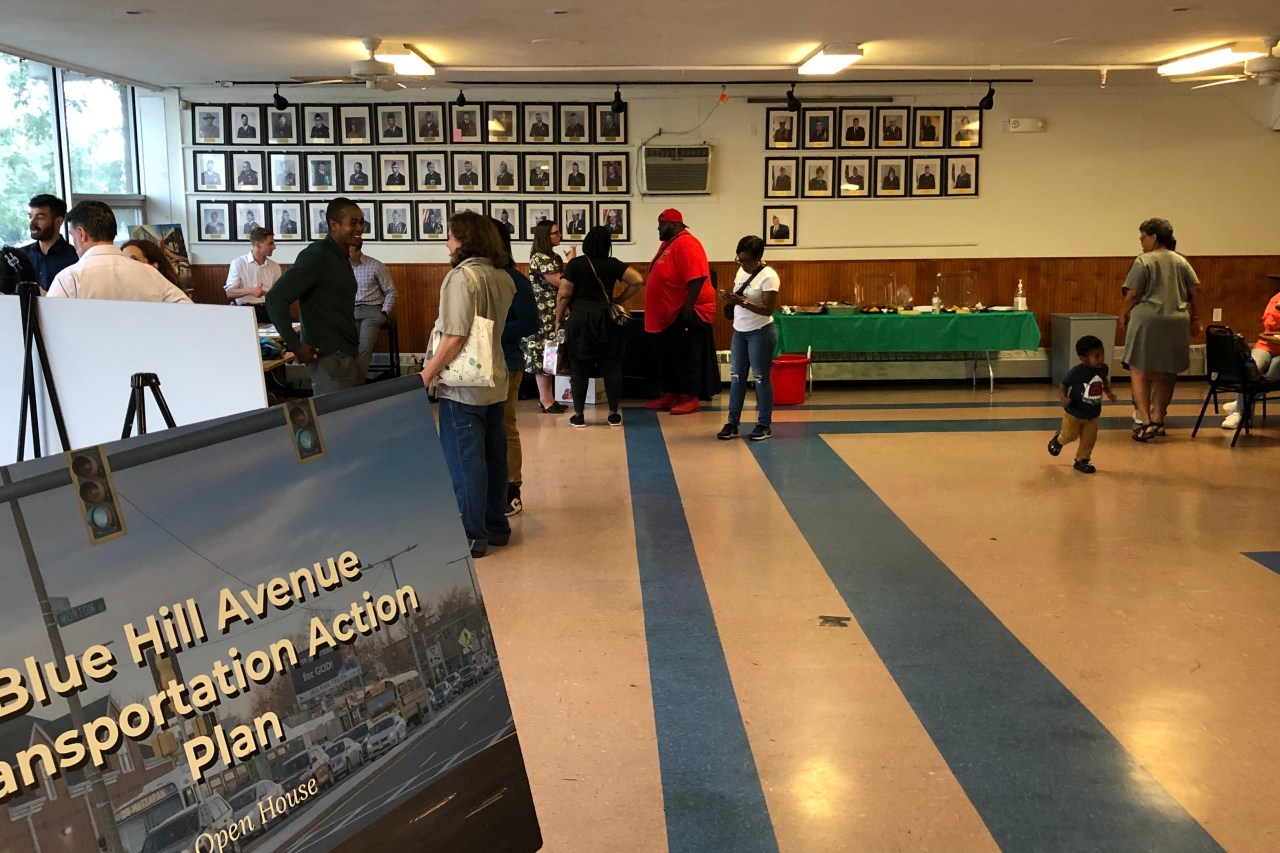
After the pandemic, the BTD contracted a community engagement team and embarked on over 20 months of community engagement, culminating in a 110-page Blue Hill Avenue Transportation Action Plan Community Engagement Report that was released on October 11th of last year.
Mayor Wu outlined that the project staff engaged in processes such as drop-in sessions, chats with small business owners, ride-alongs with MBTA bus drivers, and mailers to residents.
Chief of Streets Franklin-Hodge noted that the project team engaged with over 2,800 people, 16 local and state agencies, and 23,000 community members over the past two years.
Franklin-Hodge also emphasized that the outreach strategies used were to meet people where they’re at, rather than a public meeting held at an inopportune time.
Boston City Council President Ruthzee Louijeune noted that the city has to strengthen its efforts to reach and center populations like working class residents and non-English speakers in the project design and development, as Congresswoman Pressley put it, “putting those closest to the pain closest to the power.”
